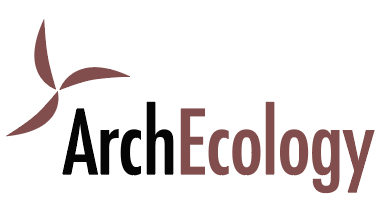Beyond Keeping up Appearances
Your spiffy LEED plaque has been hanging in the foyer for years proclaiming the sustainable efforts that went into the design and construction of your building. But now that the building is occupied and running – is it living up to the intent?
The USGBC really wants to know, and it is likely that all the stakeholders that originally cared that it was certified do too, even if they never ask. Whether it was driven by investors, the owner, government incentive or requirement, or market expectations it is easier now than ever to find out, and prove it.
The mother-of-all post-occupancy evaluations
GBCI rolled out their new online platform Arc (Arcskoru.com) to support LEED O+M v4.0 and 4.1 and implemented a suite of updates and revised scoring in early 2019 to support the final version of v4.1 including recertification.
Buildings that previously certified under any version of BD+C and ID+C or O+M can use Arc to measure performance and recertify. Recertification is based on a 12-month period of performance measurements and is good for three years as long as you keep up the data. The platform as a whole and the updates finalized in v4.1 have all been aimed at increasing engagement in ongoing performance monitoring and reporting by the close to 44,000 LEED certified buildings world-wide.
What do you need to measure every year?
Points are awarded in six categories, with 100 total available points, and familiar rating tiers (40 for certified, 50 for Silver, 60 for Gold, 80+ for Platinum). Certified buildings get 10 base points.
In addition to tracking energy, water, and waste utilities you need to conduct two annual assessments: one survey of occupants with two questions, one about transportation and one about occupant comfort; and an air quality sampling survey.
For the occupant survey, they provide the form and all you need to do is email it to building occupants. There are also options to deliver it via tablets e.g. lobby survey. The air quality assessment requires using a handheld sampling device to sample carbon dioxide (for ventilation effectiveness) and TVOCs. Certification fees are about half of the new building certification and cover a three year re-certification period. Other costs will depend on the amount of outside help and equipment required.
Wondering where you stand?
Every project certified under LEED is now available in Arc. Let us help connect your utility data to get a preliminary score and help you determine what else would be needed to re-certify.
(Photo by Danist Soh on Unsplash)


